| –
| To drain coolant from engine also remove coolant hose from oil cooler -arrow-. |

Note | Please observe requirements for disposal. |

Note | t
| The cooling system is filled all year round with a mixture of water and coolant additive (combined anti-freeze and corrosion protection agent). |
| t
| Only use coolant additive Plus -G 012 A8F A1- (»abbreviated: G12+«), „according to TL VW 774 F“. Other coolant additives could seriously impair in particular the anti-corrosion properties. The resulting damage could lead to loss of coolant and consequently to serious engine damage. |
| t
| Coolant additive »G12+« can be mixed up with additives »G11« and »G12«. |
| t
| »G12+« and coolant additives marked „Conforming with specification TL VW 774 F“ prevent frost and corrosion damage and stop scale from forming. Such additives also raise the boiling point of the coolant. For these reasons the cooling system must be filled all year round with the correct antifreeze and anticorrosion additive. |
| t
| Thanks to this rise in the boiling point, the coolant guarantees good running, even when the engine undergoes heavy strain, especially in countries with tropical climates. |
| t
| Frost protection is required down to about -25 ℃ (in countries with arctic climate: down to about -35 ℃). |
| t
| The concentration of the coolant must not be reduced by adding water in summer or in countries with hot climates. The amount of anti-freeze in the coolant must be at least 40 %. |
| t
| If for climatic reasons a greater frost protection is required, the amount of »G12+« can be increased, but only up to 60 % (frost protection to about -40 °C), as otherwise frost protection is reduced again and cooling effectiveness is also reduced. |
| t
| To mix up the coolant use clean drinking-water only. |
| t
| If radiator, heat exchanger, cylinder head, cylinder head gasket or cylinder block is replaced, do not reuse old coolant. |
| t
| Contaminated or dirty coolant must not be used again. |
| t
| Use the refractometer -T10007- to check frost protection of coolant additive »G12+« in the cooling system. |
| Recommended mixture ratios: |
|
|
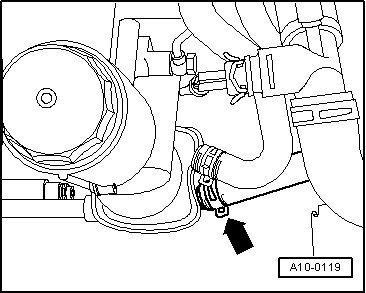
|

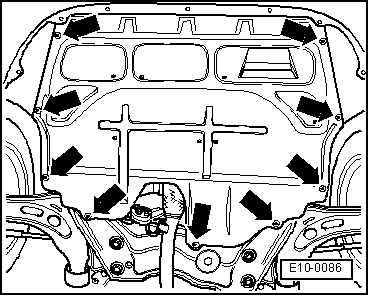
 Note
Note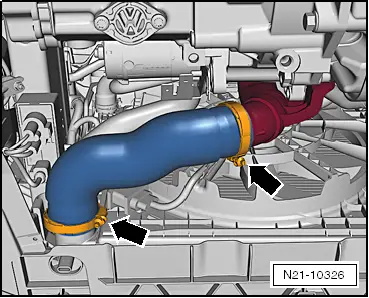
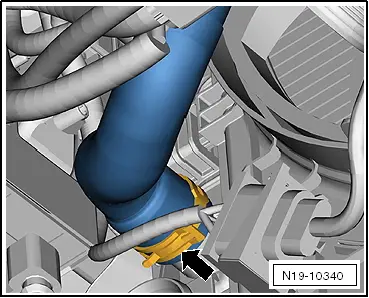
 Note
Note Note
Note

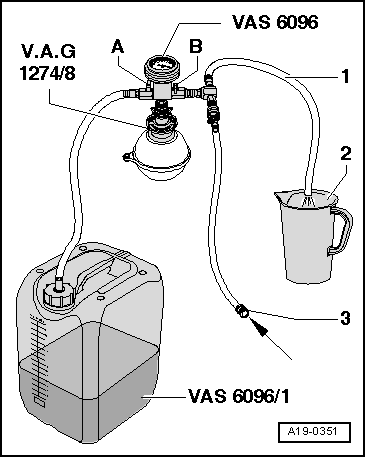
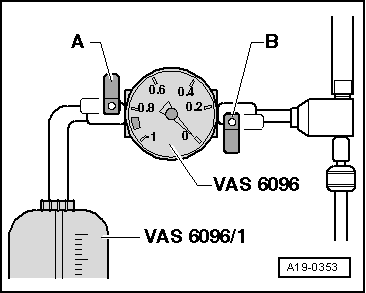
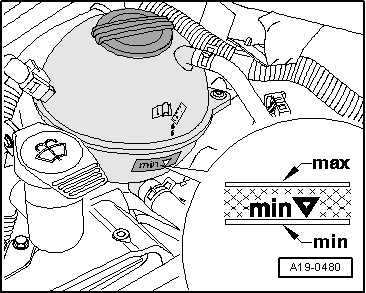

 WARNING
WARNING